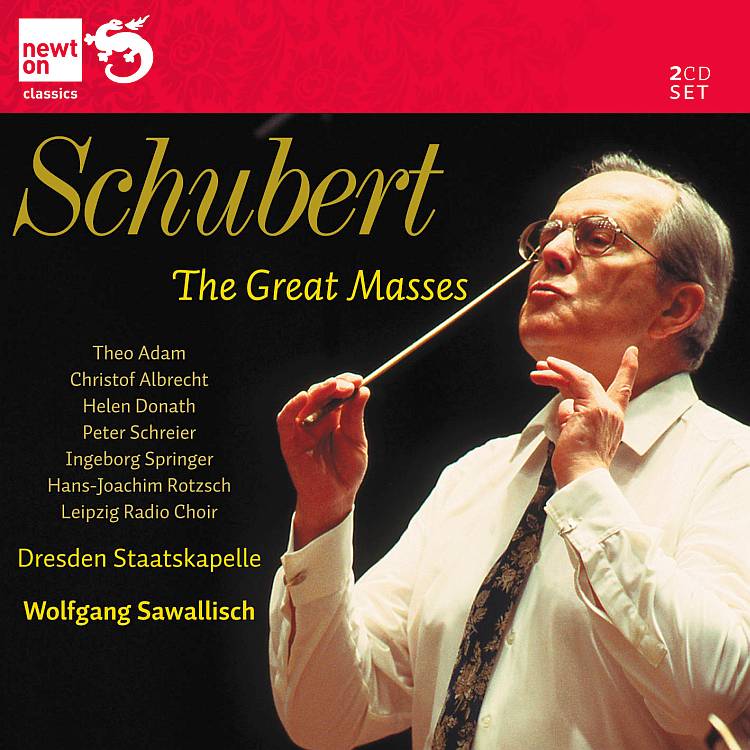Logowanie
Mikołaj - ten to ma gest!
Elton John, The Mamas & The Papas, Cat Stevens, Rod Stewart, Bobbie Gentry, Stevie Wonder, Engelbert Humperdinck
Memory Lane
Edycja Numerowana - 1000 egzemplarzy w skali światowej
RACHMANINOV, Eiji Oue, Minnesota Orchestra
Symphonic Dances / Vocalise
Best Recordings of 2001!!! NAJCZĘŚCIEJ KUPOWANA PŁYTA Z RR!
Karnawał czas zacząć!
Music of Love - Hi-Fi Latin Rhythms
Samba : Music of Celebration
AUDIOPHILE 24BIT RECORDING AND MASTERING
CHOPIN, LISZT, DEBUSSY, DVORAK, Gerhard Oppitz
Dances romantiques - A fantastic Notturno
Wzorcowa jakość audiofilska z Clearaudio
Winylowy niezbędnik
ClearAudio
Double Matrix Professional - Sonic
najbardziej inteligentna i skuteczna pralka do płyt winylowych wszelkiego typu - całkowicie automatyczna
SCHUBERT, Staatskapelle Dresden, Wolfgang Sawallisch
Late Masses in A flat and E flat
- Franz Shubert - The Great Masses - Mass in A flat major, D678 (disc 1)
- 01. Kyrie (7:19)
- 02. Gloria (15:14)
- 03. Credo (12:19)
- 04. Sanctus (3:18)
- 05. Benedictus (4:34)
- 06. Agnus Dei (9:01)
- Franz Shubert - The Great Masses - Mass in E flat major, D950 (disc 2)
- 01. Kyrie (7:10)
- 02. Gloria (14:23)
- 03. Credo (15:55)
- 04. Sanctus (3:19)
- 05. Benedictus (6:44)
- 06. Agnus Dei (10:27)
- Staatskapelle Dresden - orchestra
- Wolfgang Sawallisch - conductor
- SCHUBERT
Schubert’s last great masses – No.5 in A flat and No.6 in E flat – are his greatest achievements in this genre, both seeking to reconcile Christian liturgical grandeur with new-found romantic expression. They are much more substantial than the composer’s earlier masses, which still lie firmly within the classical tradition of Haydn and Mozart. Schubert was very proud of his sublime A flat mass, which took him three years to write, and was the only completed major work of the so-called ‘crisis’ years. It features some of Schubert’s most beautiful and complex writing for choir and orchestra. His last and most ambitious mass, the Mass No.6 in E flat, was once considered something of a Cinderella among the great works of his final year. However, it is increasingly acknowledged as a powerful and disquieting masterpiece, more monumental than the A flat. Wolfgang Sawallisch is renowned for his performances of Schubert’s church music, and these glorious recordings from 1971, made with the Staatskapelle Dresden and the Rundfunkchor Leipzig, were released to great acclaim. The team of legendary soloists are all experienced performers of oratorio: soprano Helen Donath, mezzo-soprano Ingeborg Springer, tenor Peter Schreier and bass Theo Adam. “the...Dresden sound is first class: spacious, with plenty of depth and a very good overall balance. The conductor has chosen a superb team of soloists…Helen Donath sings very beautifully…undoubtedly Sawallisch is at his most inspired throughout.” (The Penguin Guide)





























